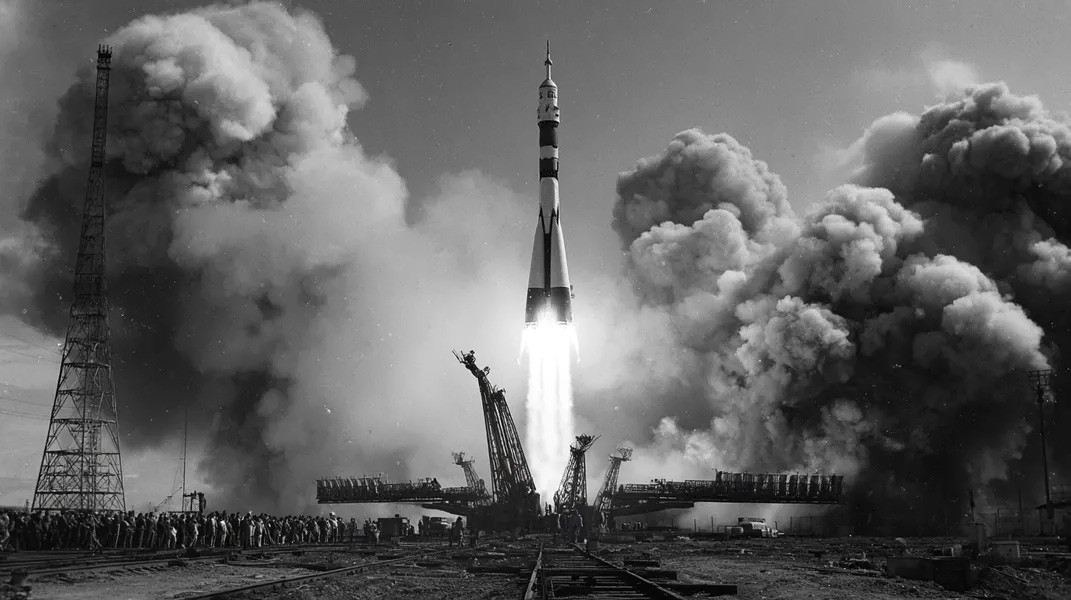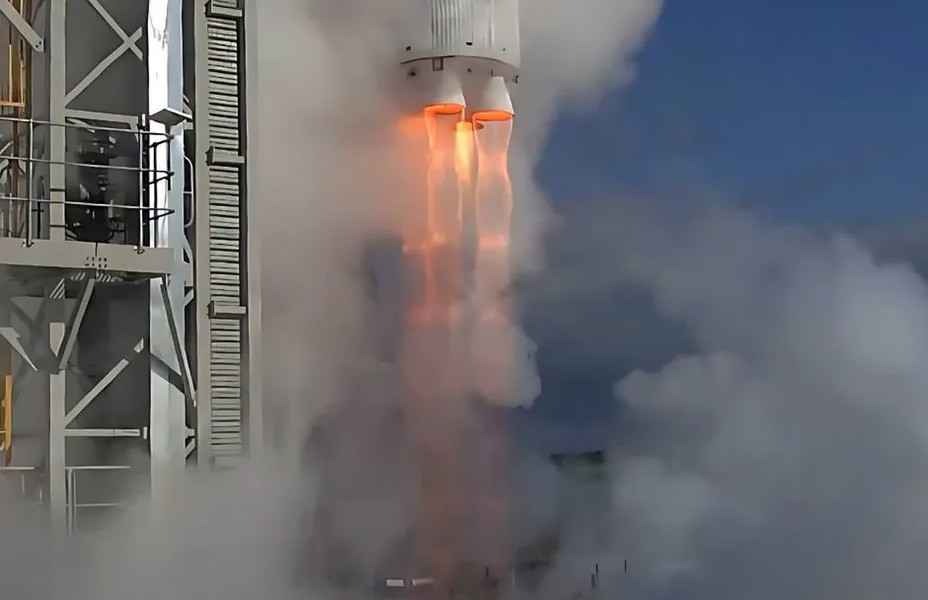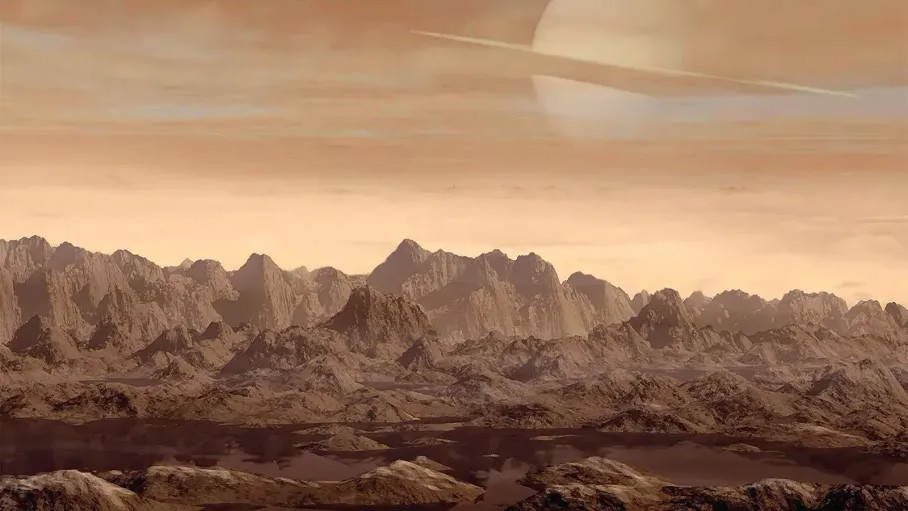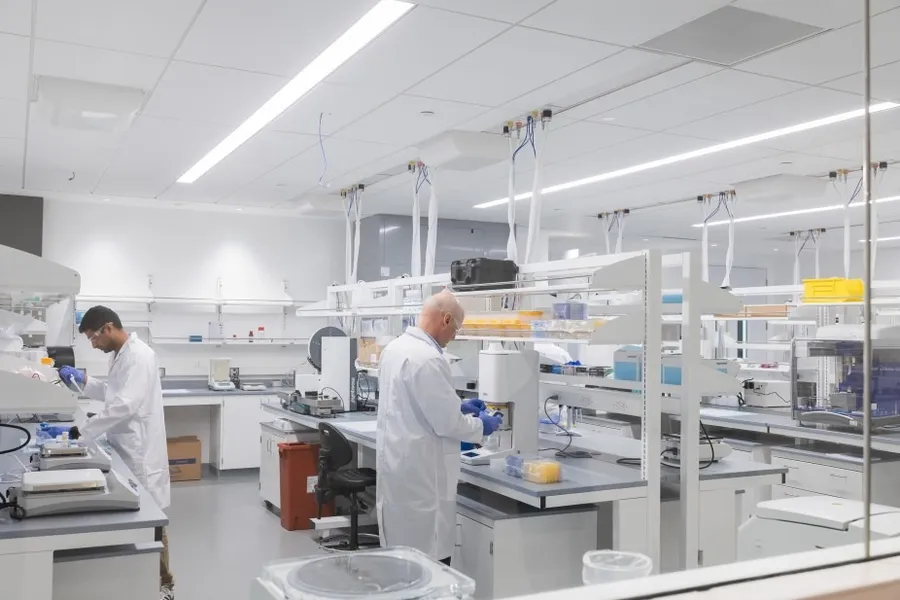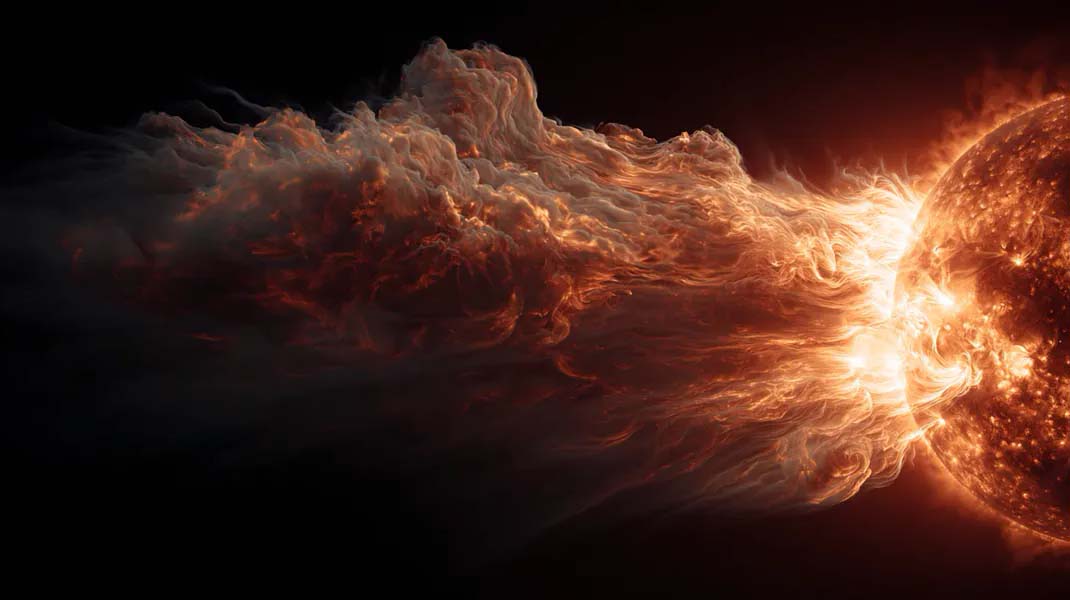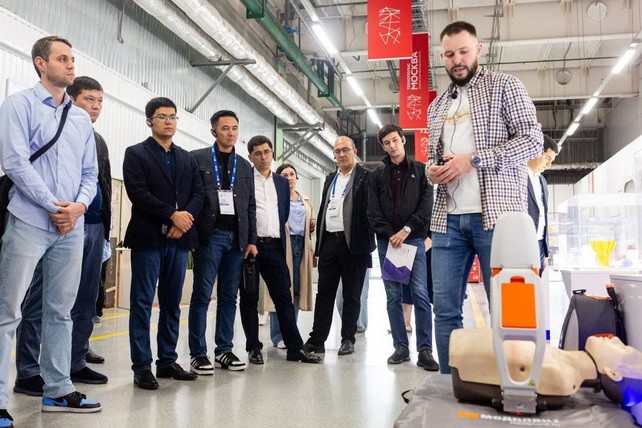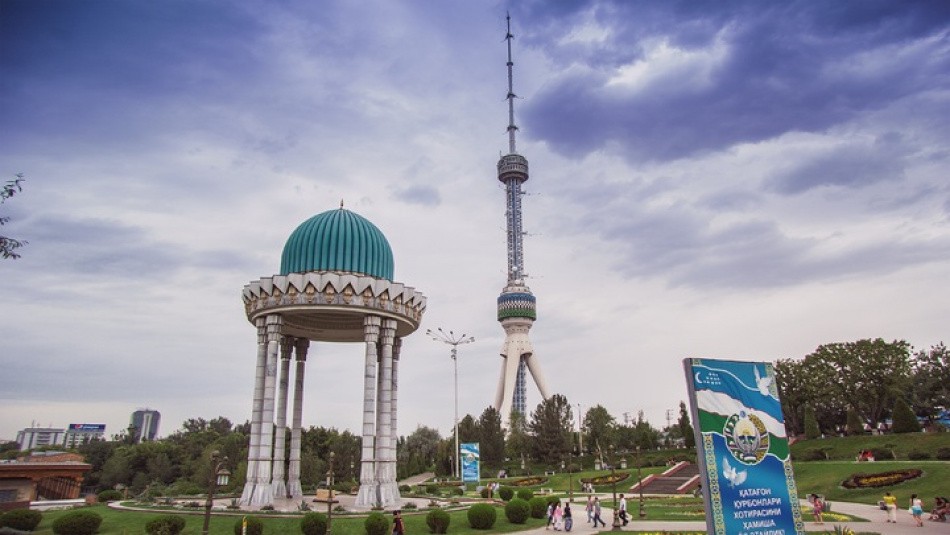On July 25, 2025, a Soyuz-2.1 b launch vehicle is scheduled to launch from the Russian Vostochny cosmodrome, which will deliver the Nahid-2 telecommunications satellite created in Iran, as well as scientific devices of the Ionosphere-M series and a group of 18 small satellites to low-Earth orbit. The National Space Agency is the customer of the project from the Iranian side, and the contract is implemented on a commercial basis. Preparations for the launch are complete, and the rocket is already installed on the launch pad.
The Nahid-2 satellite was developed by the Iranian Space Research Center. It is designed for telecommunications tasks, including relaying signals, testing new technical solutions, and expanding Iran's national satellite infrastructure. Participation in international launches reflects Tehran's desire to step up its space program in the framework of cooperation with foreign partners.
Of particular interest is the scientific component of the mission — two Ionosphere-M satellites, which are part of the broader Ionosonde research complex. These devices will perform tasks related to space weather monitoring: studying the Earth's ionosphere, solar activity, radiation environment, and ozone distribution in the upper atmosphere. The Ionosphere-M series is designed to strengthen the system for predicting geophysical and climatic processes, as well as increase the stability of satellite communications and navigation to external influences.
A total of 21 vehicles will be launched into orbit as part of the launch. In addition to the main payload, the mission includes 18 small satellites that are of interest for telecommunications, technological and scientific experiments in the micro-segment of satellite systems. The exact launch time is set for 08: 54 Moscow time.
This launch confirms the continuing role of the Russian rocket program in international space projects. The Vostochny cosmodrome continues to be used as a launch pad for both national tasks and international contracts, which strengthens Russia's position in the space services market. With a growing interest in science missions and dual-use satellite systems, the July 25 mission will be a notable event in the industry.

